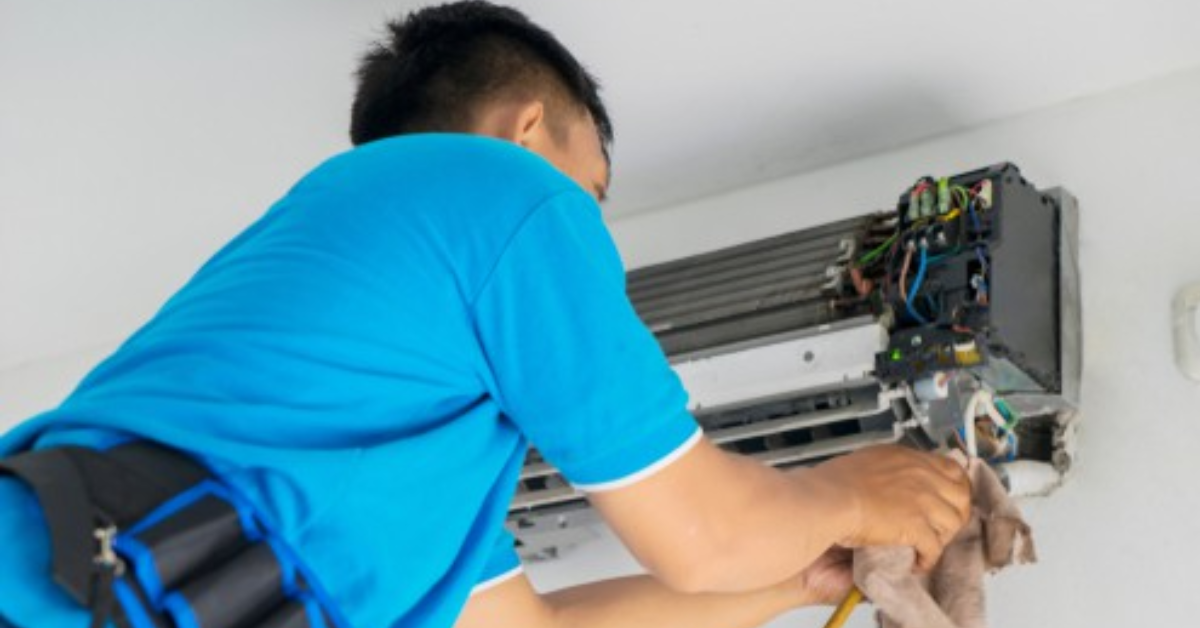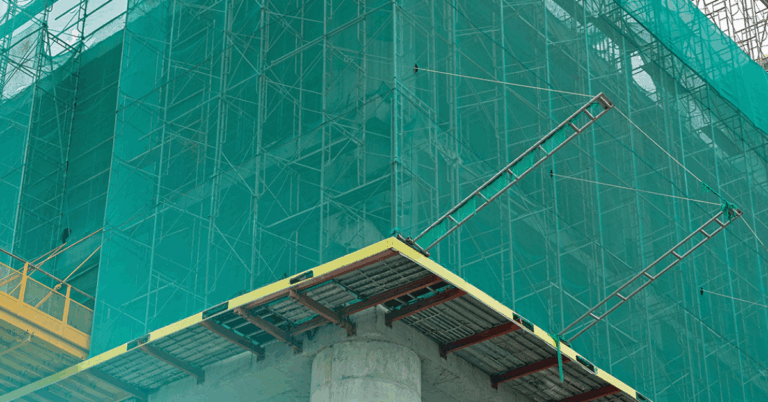The Essential Guide to Aircon Repair Singapore: Keeping Your Cool in Tropical Climates
When it comes to maintaining comfort in the steamy, humid environment of Singapore, few services are more important than Aircon Repair Singapore. Whether you’re home in an HDB flat, living in a condominium or managing a commercial space, a reliable air-conditioning system is never optional here. Yet, despite that, many people overlook the need for prompt repair and maintenance until it’s too late. In this article, we’ll explore why professional air-con repair matters in Singapore’s climate, what typical issues look like, how to select a trustworthy service provider, tips for preventative upkeep, and what you should expect when you schedule a repair service.
1. Why Professional Air-Con Repair in Singapore Matters
Singapore’s combination of high temperatures and humidity means your air-con system works harder than many other climates. Skilled professionals not only restore comfort but optimize performance, energy efficiency and indoor air quality. For example, experts note that a poorly maintained unit may consume far more power while delivering inadequate cooling.
Here are a few concrete reasons:
-
Energy Savings: When dust builds up, coils clog, or refrigerant leaks occur, the system must work much harder to maintain set temperatures. Professional repair fixes the root cause, enabling efficient cooling and lower electricity bills.
-
Better Indoor Air Quality: Dirty filters, mould build-up in drainage lines, or poorly functioning fans all degrade indoor air. A technician can clean, inspect and restore proper airflow and filtration—helping protect occupants from allergies or respiratory issues.
-
Avoiding Major Breakdowns: Small faults like odd noises, leaks or uneven cooling can escalate into compressor failure or refrigerant leaks if unattended. Timely repair is the best defence against emergency breakdowns in Singapore’s unforgiving heat.
-
Extended Equipment Life: A well-maintained air-con unit lasts many more years than one that’s neglected. Regular repair and servicing prevent excessive wear and tear and postpone costly replacements.
Given all of this, it’s clear that professional air-con repair isn’t just a luxury—it’s smart, practical and necessary for comfort and cost control in Singapore.
2. Common Problems That Demand Air-Con Repair
Knowing typical fault signs helps you act early, call in experts and avoid escalation. Here are some of the issues seen frequently in Singapore units:
-
Weak or No Cooling: The unit runs but doesn’t cool properly, or takes far longer than usual — possibly due to low refrigerant, clogged coils or fan issues.
-
Water Leaks from Indoor Unit: Often caused by blocked drainage lines or ice melting from improper cooling cycles. If left unchecked, water damage or mould can result.
-
Unusual Noises or Vibrations: Rattling, buzzing or humming could mean loose parts, failing fan motors or debris lodged in the system.
-
Odd Smells: Foul odours may come from mould in fan coils, dirty filters or burnt wiring—requiring immediate attention.
-
Frequent On/Off Cycling: The system turns on and off too rapidly (short-cycling), creating inefficiency and additional stress on components.
-
High Electricity Bills: If power consumption is going up but usage remains the same, your air-con may be working harder due to an underlying fault.
Recognizing these symptoms promptly will give you a head-start on arranging a fix and preventing a more serious breakdown.
3. What to Expect from a Professional Air-Con Repair Service
When you engage a competent repair service in Singapore, you’ll want them to follow a structured process and deliver transparency and quality. A reliable provider will typically take steps such as:
-
Detailed Inspection and Diagnosis – Examining components such as the compressor, coils, refrigerant levels, filters, fan motors, drainage lines and electrical controls.
-
Clear Quotation with No Hidden Costs – Presenting you with a breakdown of parts needed, labour, any extra cleaning or replacements, and giving you options.
-
Repair or Replacement of Faulty Parts – Whether it’s a leaking pipe, damaged PCB board, failing fan motor or worn expansion valve, the technician should have access to quality parts.
-
Cleaning and Maintenance Work – This may include steam-washing, chemical cleaning of indoor and outdoor units, clearing drain lines, and checking refrigerant levels.
-
Performance Testing and Calibration – After work is done, they should test the unit under load, check for proper airflow, temperature drop, noise levels and verify that controls are functioning.
-
Warranty and After-Service Support – Many reputable services offer a warranty on workmanship, giving peace of mind that the job has been done correctly.
In Singapore, where climate and environment push air-con units hard, having a professional service that follows these steps is crucial to reliable performance long-term.
4. How to Choose the Right Air-Con Repair Provider
With many service providers in Singapore, making the right choice requires care. Here are some guidelines:
-
Verify Credentials and Experience: Choose technicians who are certified/licensed and have substantial experience serving both residential and commercial properties.
-
Transparent Pricing: Look for upfront quotes, clear statements of what’s included, any hidden costs disclosed, and avoid providers that “quote after arrival” without clarity.
-
Scope of Services: Good service companies handle more than just basic repair—they should offer chemical washes, gas top-up, installation services, emergency repair (24/7), and maintenance contracts.
-
Response Time and Availability: In Singapore’s hot climate, prompt response is key. Providers that offer emergency same-day service or late-evening scheduling score better.
-
Customer Reviews and Warranty: Look for positive customer feedback about reliability, workmanship, cleanliness and professionalism. A workmanship warranty (e.g., 90-day) is a strong indicator of confidence.
-
After-Service Support: Choosing a provider who checks back, monitors performance, offers tips and stands by their work adds value to the repair job.
By using these criteria, you’re significantly more likely to find a provider who delivers consistent, high-quality service rather than just a quick fix.
5. Preventative Tips to Reduce the Need for Repairs
While professional repair remains essential, regular upkeep reduces the frequency and severity of faults. Here are helpful tips:
-
Clean or Replace Filters Regularly – At least every 1-3 months in Singapore’s dusty/humid environment, to ensure proper airflow.
-
Ensure Good Airflow Outside – Avoid obstructions around outdoor condensing units. Leaves, debris or blocking can reduce efficiency.
-
Schedule Professional Servicing at Least Annually – Though some heavy-use units may benefit from 2-4 services per year.
-
Monitor for Early Warning Signs – Be alert to new noises, smells, drops in cooling performance or water leakage. Early intervention is cheaper and easier.
-
Keep Drain Lines Clear – Especially important in Singapore’s humidity, blocked drain pipes can lead to leaks and mould.
-
Use the Right Temperature Settings – Setting your thermostat to a moderate, stable temperature avoids over-working the system.
-
Protect Outdoor Units from Sun and Weather – Shade (when possible) and protection from heavy rain or debris help reduce stress on outdoor components.
-
Have a Maintenance Contract – If you have multiple units (in business or large home), a scheduled contract ensures regular attention and record-keeping.
By following these practices, you’ll reduce breakdown risk and improve your system’s longevity and efficiency.
6. Costs and Value of Air-Con Repair Services
While actual costs vary depending on unit size, brand, age, issue severity and service provider, here are some typical cost-factors and value considerations:
-
Standard Repair/Servicing: Includes diagnosis, cleaning, airflow check, minor part replacements – often more cost-effective than full replacements.
-
Chemical or Deep Cleaning: More intensive cleaning (steam wash, chemical wash) costs more but can restore older units’ performance.
-
Major Parts Replacement: Compressor, PCB board, fan motor or refrigerant replacement are among the highest cost items.
-
Value over Time: Investing in professional repair early often saves replacement costs, lower electricity bills and fewer emergency calls.
-
Quoted Value-For-Money: Transparent providers offer breakdowns of labour + parts, avoid hidden costs, and deliver warranty — all signs of long-term value.
Think of air-con repair as an investment in comfort, health and cost savings—not just a one‐off expense.
7. Air-Con Repair Singapore: Final Thoughts
In tropical Singapore, where many homes and offices simply can’t do without air conditioning, staying ahead with aircon repair Singapore and servicing is far smarter than reacting when things break down. A professionally repaired and maintained unit saves energy, runs quietly, delivers better air quality, and gives you peace of mind. On the flip side, neglecting signs such as weak cooling, leaks, noisy operation or odd smells invites higher electricity bills, abrupt breakdowns and costly replacements.
If your unit is showing signs of trouble—or the last service was many months ago—do not delay. Call a reputable provider, review the inspection and quote carefully, get the job done with quality parts and workmanship, and schedule regular upkeep. That way your air-con stays reliable, efficient and ready to handle Singapore’s heat when you need it most.
Whether for your home, your office or commercial space, treating your air-conditioning system as the essential utility it is will pay dividends in comfort, cost-control and longevity. Stay cool, stay smart—and don’t let a faulty air-con disrupt your day.







